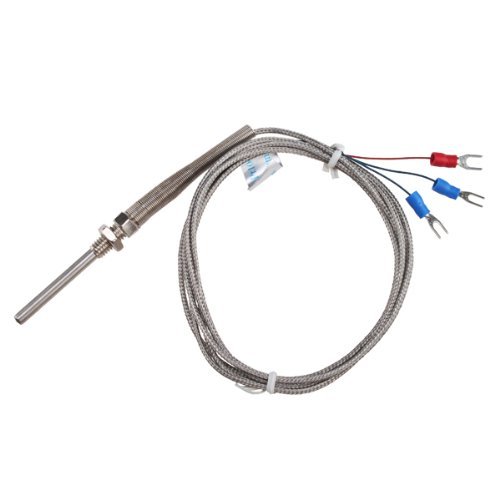This is going to be 99.8% ineffective. You absolutely must have some sort of hood that is larger than your kettle over the top of it.
Especially with a modest 110 CFM it won't hardly pull any steam in where it's located.
While I agree, a modest 110 cfm fan is not ideal, it will still provide some needed ventilation. In a small room, say 10 x 10, 110 cfm will move the total room volume approx every 8 minutes. A hood is a great way to capture undesirables, but we are only talking water vapor here.
With such low exhaust volume, you will likely need a second small fan to mix the room air to avoid steam collecting at the ceiling.
Likely need to run the ventilation for an hour or so after the boil to reduce the humidity spike.
I brew in my basement with just a fan in an open window, it's what I had in hand and figured I'd give it a try. Is it the best, of course not...but it is certainly adequate IMHO.
We are not talking poison gasses here that MUST be captured and exhausted, a more global approach to ventilation works as well in my experience.
Are there any windows in this brew space that could supplement the ventilation?
I agree w schematix, 110 cfm is inadequate, I just feel 99.8% ineffective is a bit harsh.
How steam tolerant are you?




